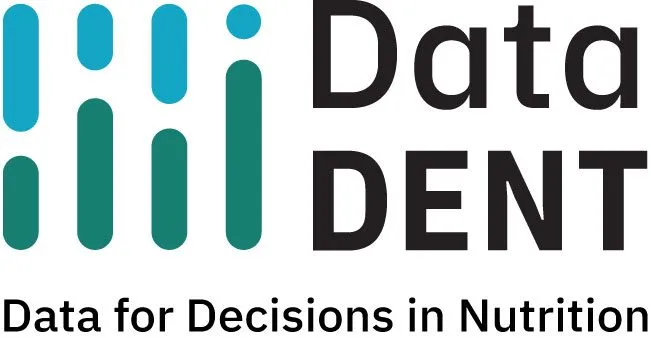Over the last two decades many low-and-middle-income countries (LMICs) have developed multi-sectoral nutrition policies to address high rates of malnutrition across their populations. As of 2022, 45 out of 66 Scaling Up for Nutrition (SUN) countries have a national...
Methodological considerations and cost to measure coverage of multi-sectoral nutrition interventions: Protocol for the One Nutrition Coverage Survey in Bangladesh
Preprint Article | https://doi.org/10.12688/verixiv.754.1 Date of Publication | March 2025 Abstract Introduction: Despite global commitments to eliminate malnutrition, over half of the world’s population remains affected. Multi-sectoral nutrition interventions...
Making school feeding count for nutrition: A call for investing in more and better data
Poverty pushes almost one in every 10 children around the world to skip school and work to earn. Such conditions can perpetuate the vicious cycle of poverty and malnutrition. Amid all this, can school help? School meal programs have emerged as a beacon of hope,...
Measure & Adapt: How are school feeding programs changing during COVID-19?
Schools across the world closed alongside national lockdowns to contain the spread of COVID-19, leaving many children without access to school meals. Schools are important platforms for delivering high-impact health, nutrition-specific, and nutrition-sensitive...
Improving multi-sectoral nutrition coverage measurement: The One Nutrition Coverage Survey in Bangladesh
Over the last two decades many low-and-middle-income countries (LMICs) have developed multi-sectoral nutrition policies to address high rates of malnutrition across their populations. As of 2022, 45 out of 66 Scaling Up for Nutrition (SUN) countries have a national...
Methodological considerations and cost to measure coverage of multi-sectoral nutrition interventions: Protocol for the One Nutrition Coverage Survey in Bangladesh
Preprint Article | https://doi.org/10.12688/verixiv.754.1 Date of Publication | March 2025 Abstract Introduction: Despite global commitments to eliminate malnutrition, over half of the world’s population remains affected. Multi-sectoral nutrition interventions...
Making school feeding count for nutrition: A call for investing in more and better data
Poverty pushes almost one in every 10 children around the world to skip school and work to earn. Such conditions can perpetuate the vicious cycle of poverty and malnutrition. Amid all this, can school help? School meal programs have emerged as a beacon of hope,...
Measure & Adapt: How are school feeding programs changing during COVID-19?
Schools across the world closed alongside national lockdowns to contain the spread of COVID-19, leaving many children without access to school meals. Schools are important platforms for delivering high-impact health, nutrition-specific, and nutrition-sensitive...
